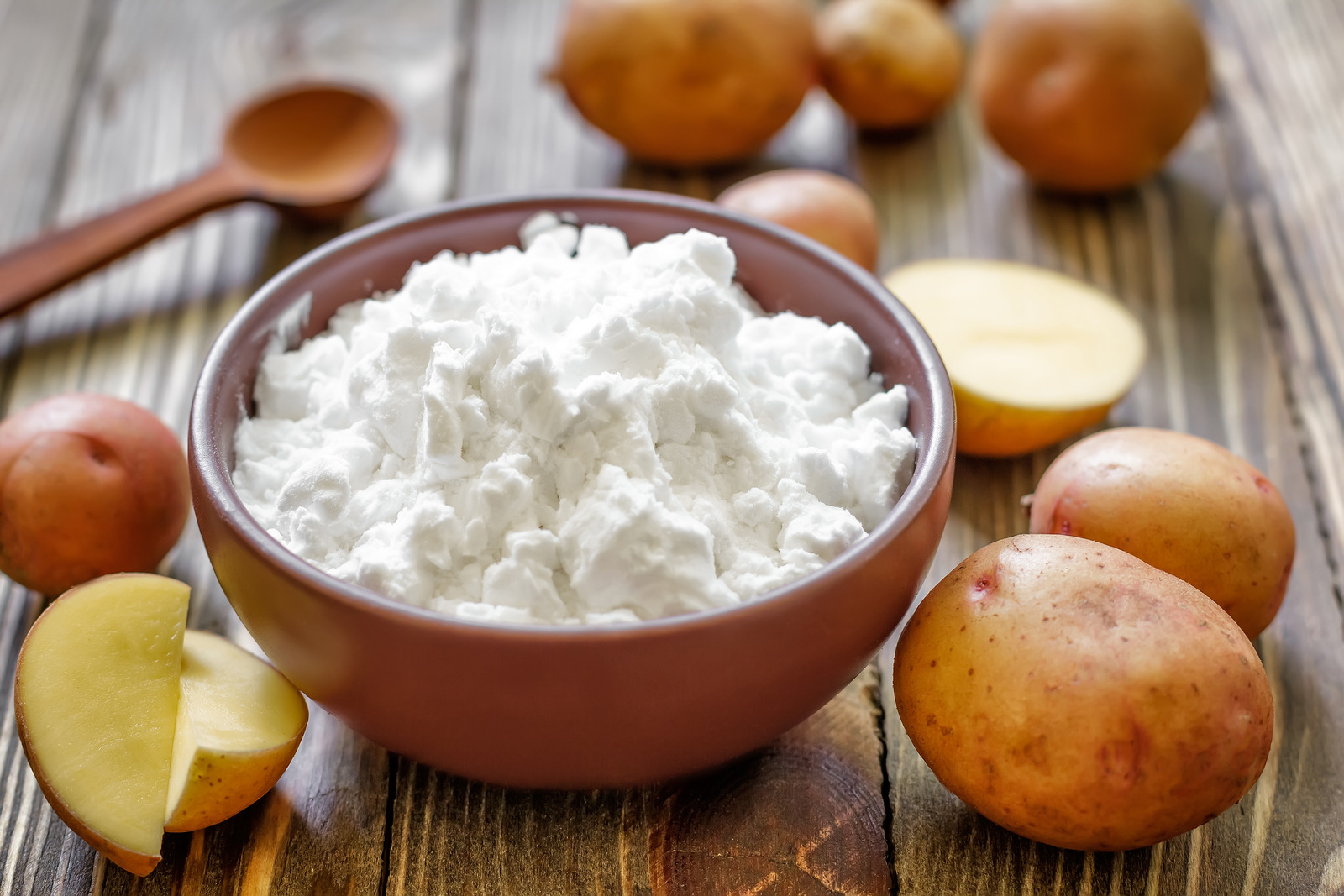Delving Into The Global Starch Market
What is industrial starch? Industrial starch is starch prepared for industrial uses. Starch is an organic chemical that has a white appearance and is granular in nature. It is a member of the carbohydrate family and it is produced by green plants naturally. In the powder form is it tasteless and soft. Starch is found in large amounts in numerous foods such as corn, potatoes, cassava, and wheat. What are the benefits of starch? It has numerous uses and applications. What are the uses of starch? Starch can be used in industrial applications, pet food, beverages, pharmaceuticals, processed foods, cosmetics, animal feed, bakery products, paper & board, aquafeed, and desserts & dairy products.
Commercial starch is made from corn, tapioca, and wheat. Corn starch constitutes 72.8% of the market, tapioca starch constitutes 8.2% of the market, and wheat starch constitutes 5.6% of the market. The global starch market production in 2017 was about 85 MMT. 53% of the production was for sweeteners, 36% of the production was for native starches, and 11% of the production was for modified starches. According to the 2020 market intelligence report by Beroe, the global starch market is anticipated to grow at a CAGR of 4.85% in the next few years. The market value of the modified starch industry is expected to be over $11 billion.
In 2017, North America held the largest market share of 40%, the Asia Pacific regions held a share of 30%, and Europe held a market share of 21.5%. The key consuming countries according to the type of starch are as follows. Corn starch is consumed in Asia-Pacific and the US the most. Tapioca starch is consumed mostly by the US and wheat starch is consumed mostly by Europe and North America. The key producing countries are the US, Europe, and Thailand. 30% of corn starch is produced in the US and Thailand produces 35.7% of tapioca starch. Europe produces about 20% of wheat starch.
There are various leading starch suppliers in the global starch market. Cargill and ADM are top suppliers of corn starch. Siam Quality Starch and General Starch are top suppliers of tapioca starch. Roquette Freres and ADM are top global suppliers of wheat starch. The cost drivers of starch include raw materials and feedstock costs. Any changes in these costs will change the cost of starch. Raw materials constitute 60% of the total cost incurred and so these will influence the cost more than other constituents. The price of starch depends on the feedstock prices and downstream demand. Beroe estimates that the price of the different types of starches is likely to increase.
There are certain starch market trends that are not to be missed. For example, in certain industries, starch consumption has increased. These regions include Malaysia, China, and India. These regions have regulations that are making it easy for investments and so this is going to propel the growth of the market in the future. This is particularly true for the textile sector and the food industry in these regions. The Asia Pacific region is going to witness a corn starch market growth of 6.4% in the coming years which is going to be the highest all over the world. China is emerging as one of the top producers of starch and this will contribute to the production of starch in the future.
At present, North America is the region that has the largest market for starch. The growth is going to continue into the future as there are chances of it remaining on the top spot. Since the demand is strong, emerging countries and developed countries are likely to focus on expanding their production capabilities. For example, Germany has an excellent manufacturing base for starches that it produces for the food sector. The demand in this region is growing and so Beroe suggests that Germany can help push the demand for starches higher and help strengthen the market in the long run.
The food processing industry is expected to witness better margins because of the expansion of the starch market in the future. This is because the demand for modified starch products is increasing in this sector and so the entire starch sector will witness a growth. Beroe’s research has found that the demand for High Fructose Corn Syrup (HFCS) is increasing in many regions across the globe. This will drive the growth of the starch market further as sweeteners based on corn-starch will witness a spike in the demand. At present, sweeteners are leading the starch market with 50% of the market share and this is likely to increase in the future because of the rise in demand.

